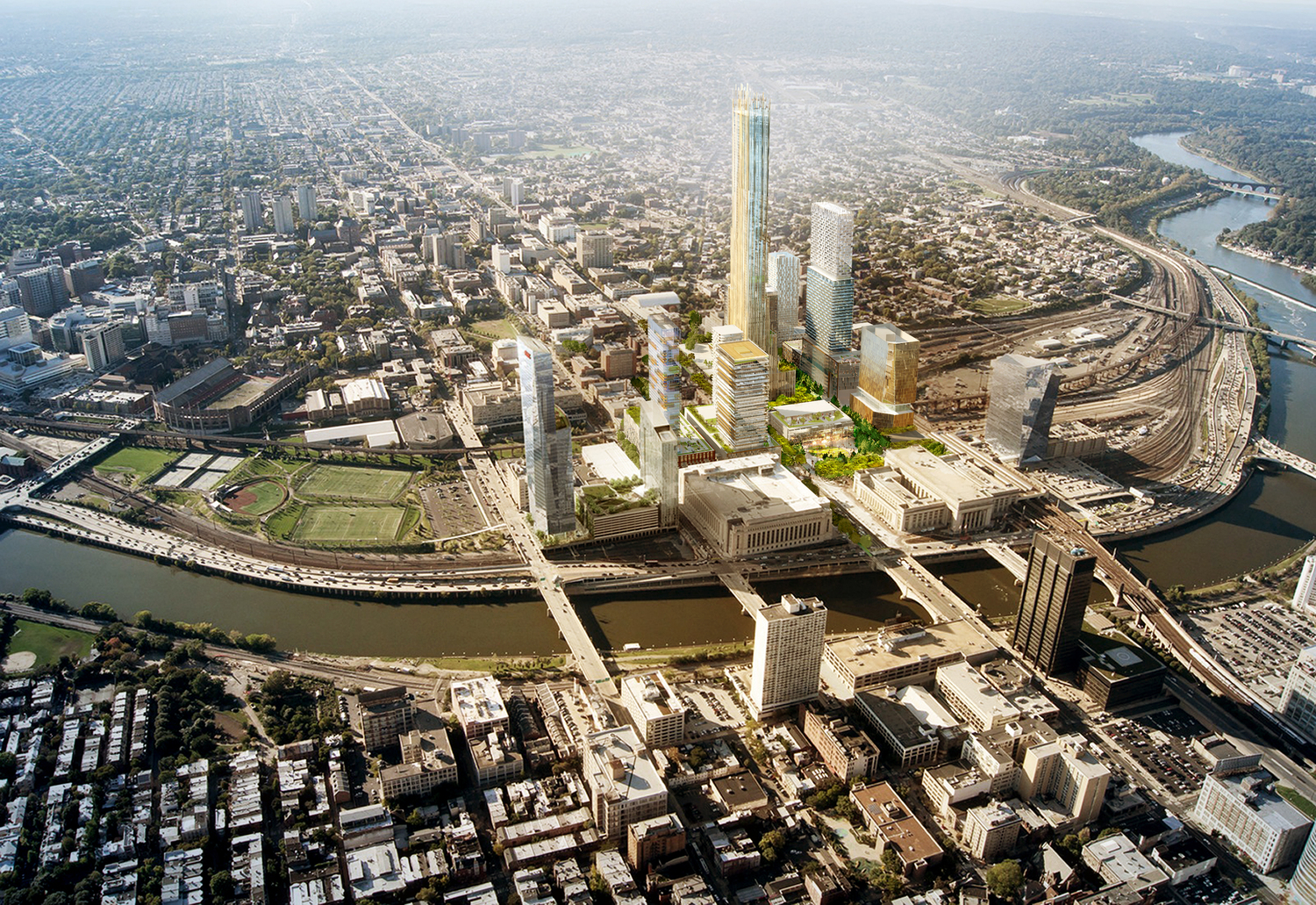Nexis4jersey
Active Member
- Joined
- Mar 2, 2012
- Messages
- 763
- Reaction score
- 129
I haven't heard anything bad about Philly... Long Island was a case of misinformation that spread like wild fire...
I haven't heard anything bad about Philly... Long Island was a case of misinformation that spread like wild fire...
“They spent $30 million on this report – it just doesn’t feel like a finished product,” said Joe McGee, vice president for public policy at the Business Council of Fairfield County, who, along with many others, was having difficulty assessing the options because of a lack of details. “It looks more like a response to be rejected than a real option.”
But even James Redeker, Connecticut’s transportation commissioner and the chair of the Northeast Corridor Commission that oversaw development of the study, was not sure it provided those affected by it with enough to judge it.
The problem, he said, was the process. This environmental impact statement was not a traditional one that would have provided plans to solve specific problems along with all the relevant environmental, economic and other data, such as, in the case of rail, ridership information. Instead, NEC Future offered rail corridor options consisting of general locations, little detail about what it would take to put the rails there, no service development plan, and a broad price tag - but no funding strategy.
That’s not enough for people to make even a conceptual choice, Redeker said, though that is what people are being asked to do.
. . .
“How are we supposed to make choices if we don’t know what service we’re going to get and if we don’t know yet if you’re going to turn to us to pay for that, and to what degree?” Redeker said. “I think this is going to be difficult for the public to provide meaningful input on.”
And that includes Redeker. He said he doesn’t yet know how he’ll respond. “If I can’t demonstrate to Connecticut folks that there’s a substantial and documentable and believable return on investment for transportation dollars, you might as well put them somewhere else,” he said.
But what’s really stumping him is the New Rochelle to Westport line and its designation as “aerial.” With no real details in the report, which he called “opaque,” he sent a letter to the FRA with questions to help him make an assessment.
He received a one-paragraph form-response:
“Thank you for your comment. Please note that comments received on the Tier 1 Draft EIS during the formal public comment period will be addressed in the Tier 1 Final EIS, anticipated to be released in late 2016. We appreciate your interest in NEC FUTURE.”
“They owe us more information,” he said. “How can you make a choice if you don’t know where the thing is even located?”
If this is typical of how the meetings are going down, the Philly room may have just been a bunch of mouths agape and somebody really wanting to ask, "Are you high?" And probably explains the chain reaction of bad information that spread like wildfire after the Long Island meeting. And explains why so much of it contradicts Amtrak's owned published NEC Improvements presentations, if Redeker's comments are accurate.At the Capitol Region Council of Governments, Executive Director Lyle Wray was already bristling that his previously stated concerns about the Danbury to Providence link were ignored in the report. He worries that the focus on high-speed rail will effectively de-rail the Northern New England Intercity Rail Initiative – a regional rail plan to reconnect the 1.7 million people in the Hartford-Springfield, Mass., region to the 5 million in metro Boston.
That plan would re-establish a commuter-rail connection from Springfield to Boston along its former route through western Massachusetts.
“When you say ‘let’s just build something from Danbury to Providence’ – never mind how much it costs and how many eminent domain cases you’re going to have to win. It’s unconstrained by funding limits, constructability, environmental and community impacts. Well good luck on that,” he said.
I just happened to realize this. That the cars on the Acela train have the same shape as the Viewliner cars.
That's mainly because when you tape-measure out the max possible single-level car dimensions for the North River tubes you wind up with that distinctive hexagonal shape shared by the Acela and Viewliners. It's not a specific design so much as what everything gravitates towards when trying to make every inch count for roomier seats and bigger windows.
The hex shape first appeared on Amtrak in 1974 when Bombardier's active-tilt Light Rapid Comfortable (LRC) cars (which are sort of the great-uncle of the Acela car design) were trialed on the NEC as a buy option for Amtrak's first mass coach order. Those prototypes performed very poorly in revenue service, so they went with the Amfleet I's (which were based on the pre-existing Metroliner EMU carbody) instead. VIA Rail in Canada did adopt the LRC's and still uses them to this day, although the last rebuild removed the always-problematic tilt mechanism and retired those weird specialized locomotives in favor of an order of the same vanilla Genesis P42's that Amtrak uses.
Couple other experimental designs used in the various "X"-series NEC trials of new equipment tech between the late-70's and early-2000's also had that distinctive hexagonal shape. No doubt if some completely other design prevails over the Viewliners in the big Amfleet-replacement bidding it's likewise going to be something with that hex bulge, for no other reason than squeezing every inch of available space.

Has anyone heard about this disaster? Don't see it posted anywhere, so I thought I'd post it here.
http://www.foxnews.com/us/2016/03/1...utiny-in-amtrak-derailment-investigation.html
While I understand the arguments about maintenance and the logistics of having a mixed fleet, I do wish the MBTA could order some of these for the Providence Line. Better performance and acceleration, higher speed, lots o' horsepower, less smoke.
